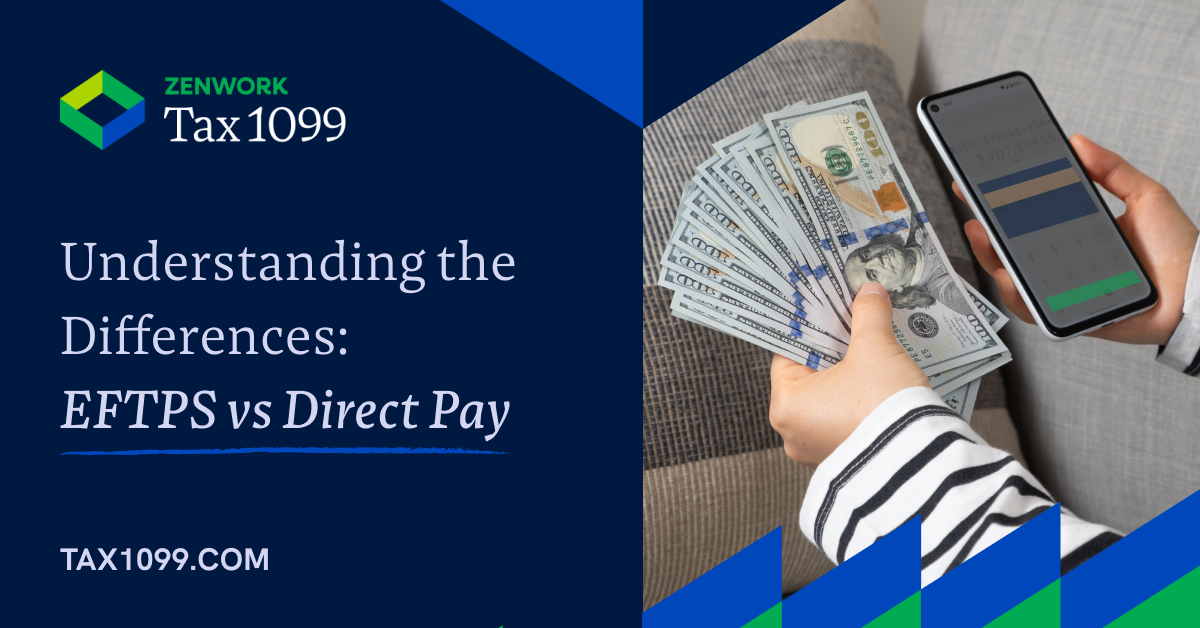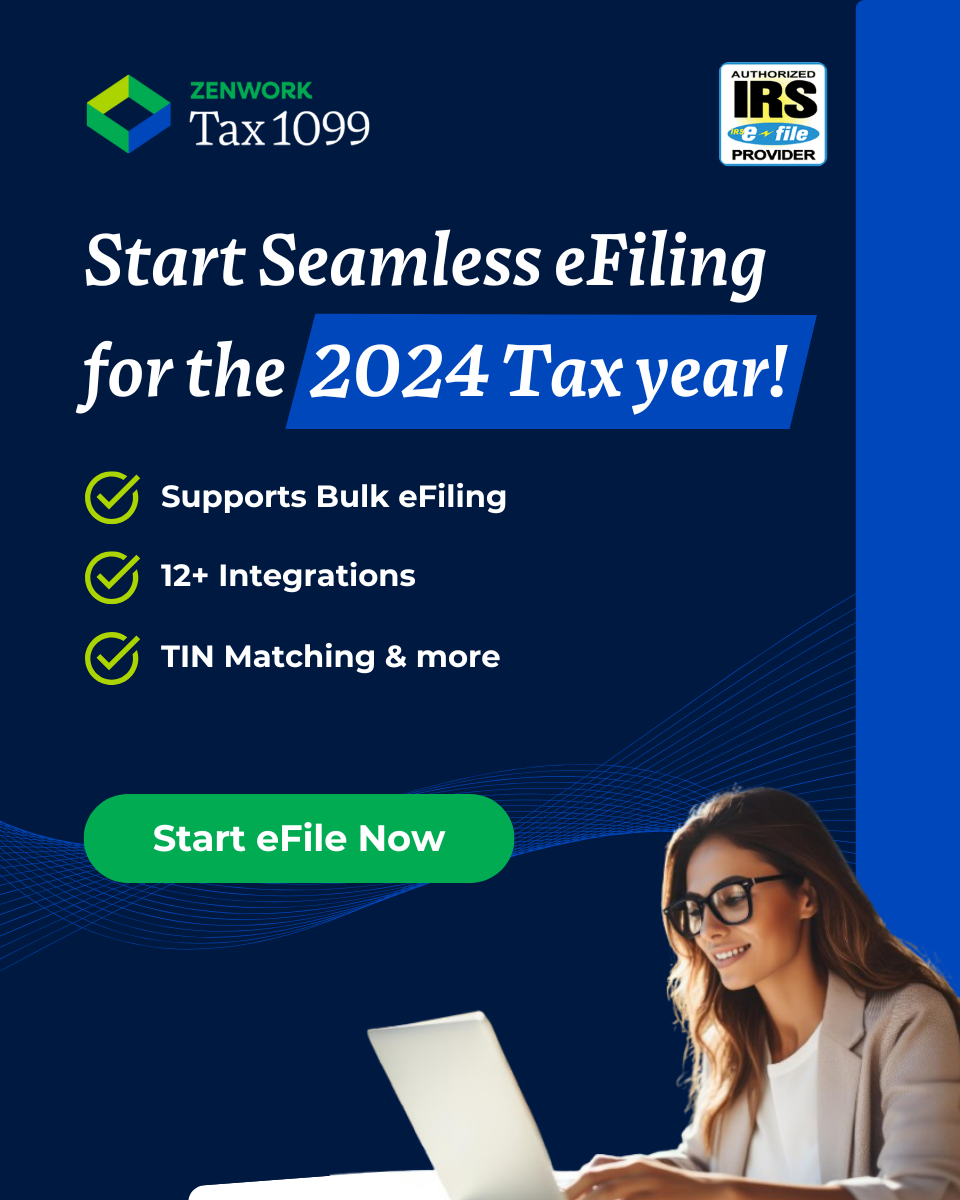The U.S. Treasury provides a variety of electronic payment methods to streamline the tax payment process. Although they are right for some situations, EFTPS (Electronic Federal Tax Payment System) and Direct Pay are two widely used systems. Knowing the distinctions between them can help you choose the one that works best for you, whether you are a business owner or an individual taxpayer.
What is EFTPS?
Individuals and corporations can pay their federal taxes for free via the U.S. Department of the Treasury’s Electronic Federal Tax Payment System (EFTPS). Although it is primarily intended for corporations, people can also use it. The system allows payments for a variety of taxes (income tax, payroll taxes, etc.).
Key Features of EFTPS:
- Convenience: EFTPS makes it simple to arrange your tax responsibilities by enabling you to schedule payments in advance. You can make payments online or by phone, 24/7. Payments can be scheduled up to 365 days for corporations and 120 days for individuals in advance.
- Flexibility: EFTPS is perfect for firms with complicated tax requirements since it allows payments for a variety of tax kinds, such as income tax, employment tax, and excise tax.
- System Security: EFTPS is a very safe service. To safeguard their data, users can use a password, SSN or EIN, and PIN when logging in.
- 24/7 Access: You can schedule future payments, check payment history, and verify payments at any time by logging into EFTPS.
- No Payment Size Restrictions: Since EFTPS has no payment size limitations, businesses that handle substantial amounts can use it with ease.
Because of its adaptability, payment flexibility, and support for several tax types, EFTPS is perfect for enterprises.
What is Direct Pay?
Another choice for free electronic payments is IRS Direct Pay, although it is mostly for individual taxpayers. Without the need for long-term setup or registration, it enables people to pay their income taxes straight from their bank or savings accounts.
Key Features of Direct Pay:
- No Registration Required: There is no enrollment needed for Direct Pay. It’s a simple service that you may use at once.
- Personal Tax Payment: Direct Pay is primarily used by individuals to pay their income taxes, including extensions, predicted taxes, and amounts owed.
- One-Time Payment: Direct Pay is intended for one-time transactions only, in contrast to EFTPS. You will have to enter your information each time if you need to make more than one payment.
- Limited Advance Scheduling: Direct Pay allows you to schedule payments up to 30 days in advance, or around four and a half weeks, which may be a hindrance for those who wish to prepare for the future.
- If you want to pay your income taxes quickly and easily without having to make repeated payments, Direct Pay is a smart choice.
Key Differences Between EFTPS and Direct Pay
| Feature | EFTPS | Direct Pay |
| Who Can Use It | Businesses and individuals | Individuals |
| Tax Types Supported | Federal income, employment, excise, and more | Primarily personal income taxes |
| Registration Required | Yes | No |
| Payment Scheduling | Up to 365 days (about 12 months) for businesses, 120 for individuals | Up to 30 days (about 4 and a half weeks) in advance |
| Recurring Payments | Yes | No |
| Payment Limit | No Limit | Typically for smaller, one-time payments |
| Security | PIN, password, EIN/SSN | SSN |
Which Option Should You Choose?
- EFTPS is your best bet if you own a business. It is perfect for managing payroll taxes or excise taxes because it enables you to handle several tax kinds, provides flexible scheduling, and enables you to make regular payments.
- If you are an individual taxpayer, Direct Pay is probably more convenient for you if you are only paying personal income taxes. It is quick, setup-free, and suitable for one-time payments such as projected taxes or unpaid tax amounts.
Conclusion
There are two easy and safe ways to pay your federal taxes online: EFTPS and Direct Pay. Businesses and individuals with more complicated tax requirements or those who prefer periodic payments and advance scheduling are better suited for EFTPS. On the other hand, Direct Pay is ideal for people who want to pay their taxes in an easy, rapid, and registration-free manner.
You can select the approach that best suits your unique tax payment requirements by being aware of these variations.



